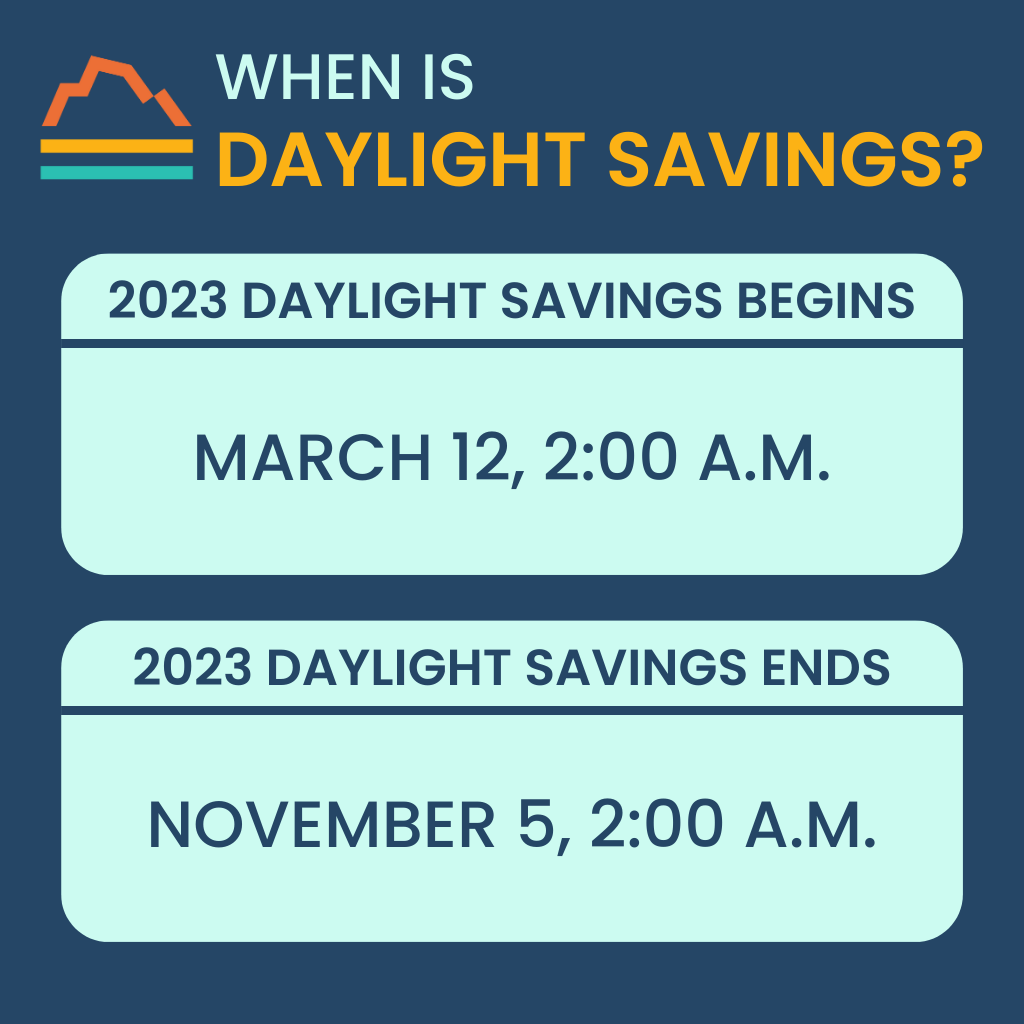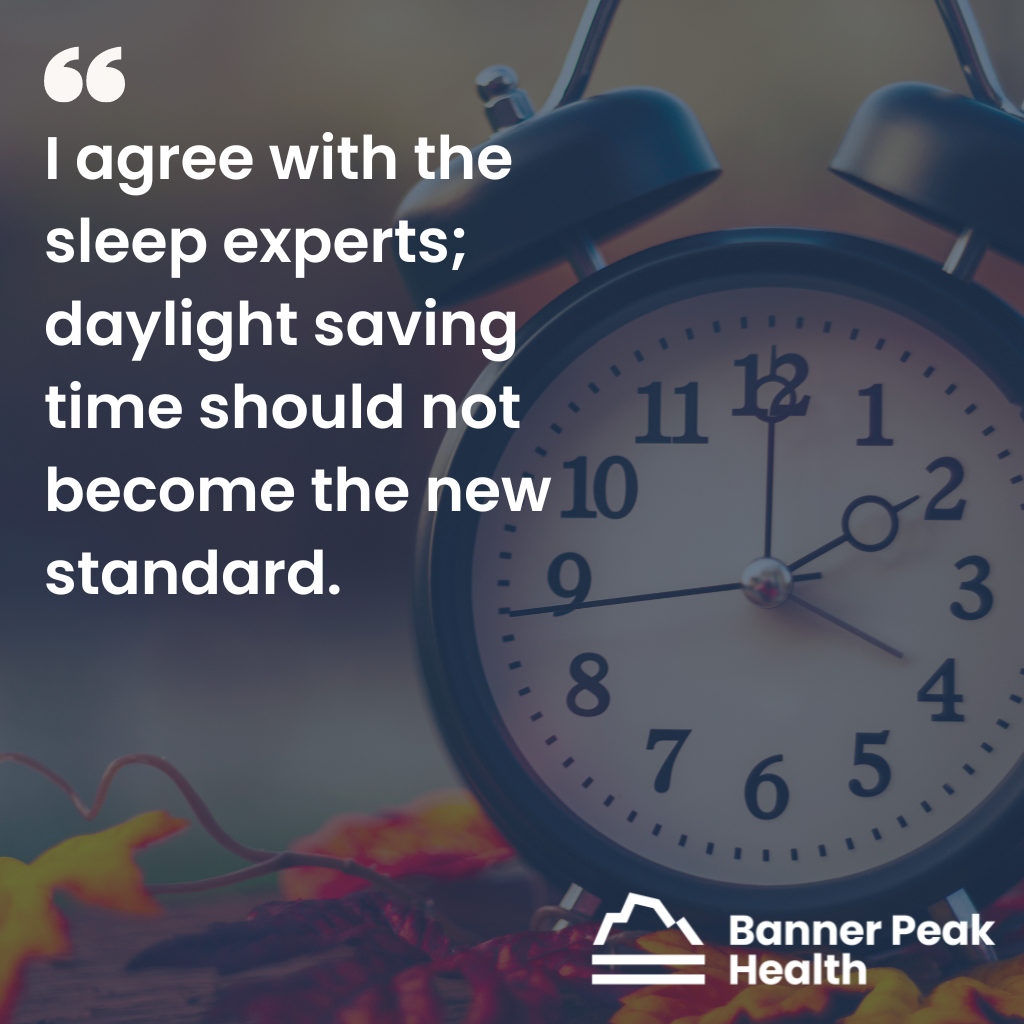Last March, the U.S. Senate passed the Sunshine Protection Act of 2021, which would abolish clock changes in favor of permanent daylight saving time.
Though springing forward and falling back will go forward as usual this year, permanent daylight savings is a hot topic among sleep experts, news outlets, parents, and others. Here, I want to look at it from a medical perspective.
If the Sunshine Protection Act becomes law, here’s what it could mean for your health.
Daylight Saving Time: A History
Before we discuss the modern consequences of permanent daylight saving time (DST), we have to go back to the year 1883. This is when time zones were first introduced by railroad companies in an effort to standardize and adjust for time across our wide continent.
By 1918, those time zones became codified into federal law. 1918 also saw the first experiment with daylight saving time, an attempt to save energy domestically during World War I. However, with the advent of DST came controversy: Farmers disliked dark mornings, setting the stage for generations of conflict.
In 1974, the United States experimented with year-round DST, but it was repealed after just 18 months. The public was so opposed to dark mornings that permanent DST simply couldn’t last.
That brings us to today.
Why I Care as a Doctor
As a doctor, I watch the daylight saving debate from a medical perspective. I’m fascinated by circadian rhythms and the role they play in our lives.
How we live our lives in relation to light can significantly impact our health. Researchers and sleep experts have gathered ample data that the hour shift forward in the spring and backward in the fall is associated with a demonstrable increase in auto accidents, industrial accidents, and negative health outcomes such as heart attacks.
Permanent DST: My Main Concerns
There’s a medical consensus that the shifting back and forth of time may have significant health consequences. In the opinion of sleep experts, daylight saving time is contrary to our bodies’ natural circadian rhythms.
Unfortunately, there is no societal consensus around maintaining DST year-round versus maintaining standard daylight year-round.
Proponents of year-round DST state that the change could bring economic benefits. Having light later in the day theoretically encourages shoppers to stay out later and workers to put in more hours.
In the other camp are opponents of year-round DST, who cite the challenges of waking up in darkness. There’s a potent political lobby around kids going to school in the dark, which has become a rallying cry against year-round DST.
I’m most interested in the medical angle — particularly, the way our lives sync with our internal circadian rhythms.
Circadian rhythms are the cycles that make up our internal clocks. Arguably the most important of these is the sleep-wake cycle. It’s influenced most strongly by light — the cycle of night and day — which is why disrupting your amount of light exposure can lead to side effects like insomnia, depression, and more.
Seasonal Affective Disorder
During fall and winter, I see a flare-up of something called seasonal affective disorder, or “winter blues.” This subvariant of depression is triggered by less light exposure in the darker months — in particular, less early morning light.
It’s believed that the later onset of light in the winter sets people up for circadian rhythm asynchrony, which is felt to be a real risk factor for depression. Symptoms include sadness, exhaustion, low mood, oversleeping, difficulty concentrating, and losing interest in activities you once enjoyed.
The treatment for seasonal affective disorder is to have the patient rise as early as possible and use specially formulated indoor light boxes. These light boxes give the patient the equivalent of sunlight to appropriately re-sync their circadian rhythms in the winter.
Permanent DST is the exact opposite of a morning light box. I fear permanent DST may trigger a pandemic of worsening depressive symptoms.
Why Daylight Savings Makes You Tired
On a related note, patients often ask me, “Why does daylight saving make you tired?” The answer is often more complex than simply losing an hour of sleep.
In fact, you’re not losing an hour of sleep at all. You’re merely pushing your sleep back. But doing so can cause enough change to your circadian rhythm to deal real harm to your sleep and emotional health.
As much as I enjoy exercising in the sunshine after work, I’m particularly leery of a societal shift to year-round daylight saving time because of the increased risk of winter-associated depressive illness.
I agree with the sleep experts; daylight saving time should not become the new standard.
Today’s Takeaways
Be aware of the connection between light exposure and emotional wellness — it’s a biological reality.
If you find your mood sinking with less light, try to get more natural light exposure. Use sunglasses less — they put you at a higher risk of losing connection with your natural circadian rhythms.
If you have the “winter blues,” especially if you’re in a region of extreme latitudes, talk to your doctor about light box technology. Morning light box exposure can help re-sync your circadian rhythms and help you start feeling and sleeping better.
And if your doctor isn’t up-to-date on light box treatments, schedule an appointment with Banner Peak Health. We’d be happy to help!

Barry Rotman, MD
For over 30 years in medicine, Dr. Rotman has dedicated himself to excellence. With patients’ health as his top priority, he opened his own concierge medical practice in 2007 to practice medicine in a way that lets him truly serve their best interests.





